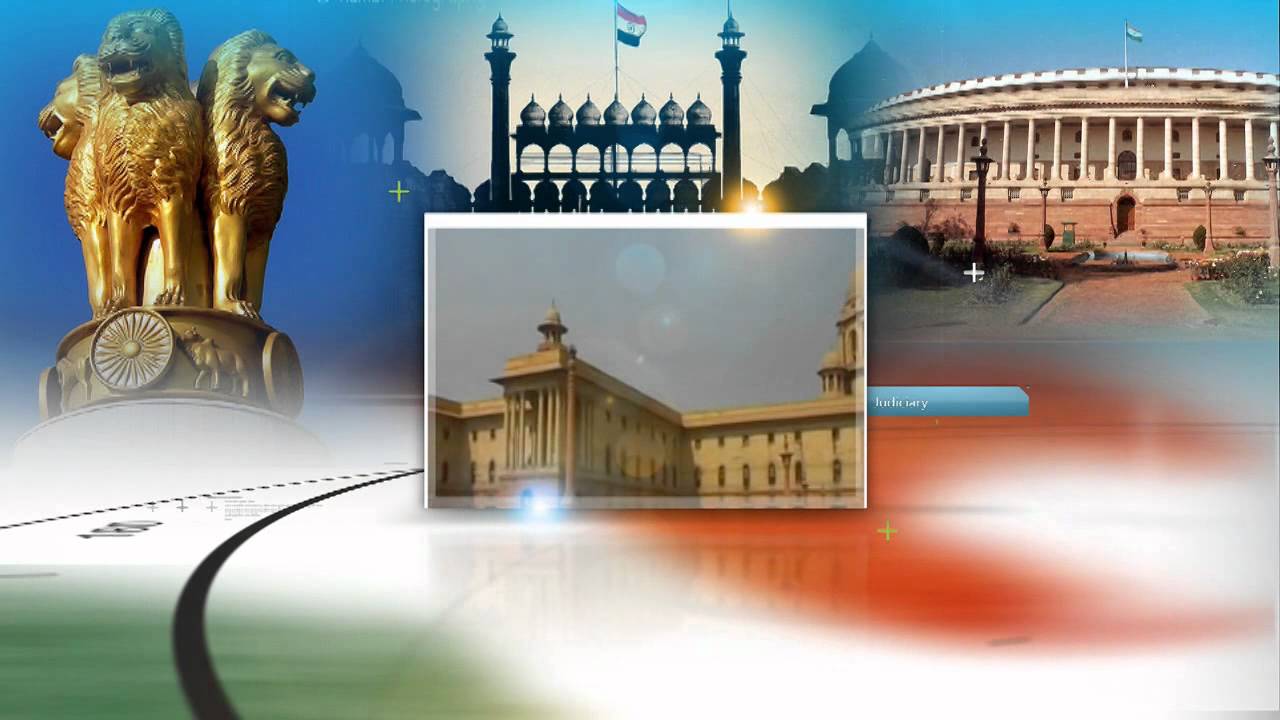Font size:
Print
Online Publication of Form 17C and Election Transparency
Context:
In May 2024, during the ongoing Lok Sabha elections, the Supreme Court of India reviewed a petition filed by the Association for Democratic Reforms (ADR). The petition sought the mandatory publication of Part 1 of Form 17C, which records booth-wise voter turnout, on the Election Commission of India’s (EC) website within 48 hours of polling.
Election Commission’s Stand
- The EC refused to comply, asserting that it was only legally bound to provide this form to polling agents representing candidates and not to the general public or media.
- However, following widespread opposition outrage over alleged discrepancies in voter turnout and vote counts in various Assembly elections, the EC—now under Chief Election Commissioner Gyanesh Kumar—has expressed willingness to discuss the matter with ADR and co-petitioner, Trinamool Congress MP Mahua Moitra.
Understanding Form 17C
- According to the Conduct of Election Rules, 1961, every polling station must complete a two-part document recording voter turnout and vote count.
- Given that the 2024 parliamentary elections involved over 10.5 lakh polling stations, Form 17C plays a critical role in ensuring electoral transparency.
- Part 1 (Account of Votes Recorded): This section is filled out by the presiding officer at each polling station, documenting details such as the Electronic Voting Machine (EVM) identification number, the total number of registered voters, actual votes cast, and any discrepancies. A copy is given to each polling agent before being sealed and sent to the returning officer.
- Part 2 (Result of Counting): Completed on counting day by the returning officer, this section records the votes received by each candidate and verifies if the total votes match those recorded in Part 1. Any inconsistencies must be noted and signed off by the counting officials and candidate representatives.
Why Is the Immediate Publication of This Data Important?
- After the conclusion of the 2024 Lok Sabha elections, ADR analysed EC voter data and found that in only five parliamentary constituencies did the number of votes polled perfectly match those counted. In the remaining 538 constituencies, discrepancies surfaced:
- In 362 seats, the counted votes were 5.5 lakh fewer than the polled votes.
- In 176 seats, an excess of 35,000 votes was recorded.
- While these discrepancies represent a small fraction of the 64.64 crore votes cast, the EC attributed them to manual errors by polling officers or failure to clear test votes from mock polling.
- The opposition, however, argues that every vote must be accounted for.
- According to ADR trustee Jagdeep Chhokar, the booth-wise data in Form 17C can help identify discrepancies at the grassroots level and establish accountability.
- Additionally, opposition parties have raised concerns over the significant variations in voter turnout figures released on polling day versus final figures published much later.
- In the first phase of elections, final turnout data was released 11 days late, showing up to a 5% increase compared to initial figures.
- Since Form 17C provides absolute numbers rather than percentages, its immediate publication could prevent such inconsistencies and enhance electoral transparency.
Challenges Faced by the EC
- The EC has warned that unrestricted public access to Form 17C could lead to misinformation, as online images may be manipulated.
- It also highlighted that postal ballots are not included in the form and that it is not legally required to share Form 17C beyond polling agents.
- Former Chief Election Commissioner O.P. Rawat acknowledged that some level of error is inevitable in a process involving one crore poll workers, many of whom operate under intense pressure.
- After polling, Form 17C is sent to the returning officer’s headquarters, where an election observer verifies it against other records and surveillance footage before making any necessary corrections.
- However, it remains unclear whether polling agents are required to approve these corrections.
- Rawat further noted that political parties can collect Form 17Cs from their agents and publish them independently.
- He suggested that parties prefer shifting responsibility onto the EC to avoid potential backlash from election staff for discrepancies.
The demand for online publication of Form 17C highlights broader concerns about electoral transparency and accountability. As ADR and opposition parties push for more immediate access to detailed voter data, the EC must balance transparency with practical constraints.


